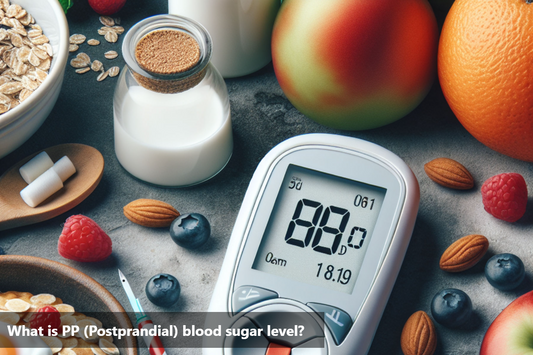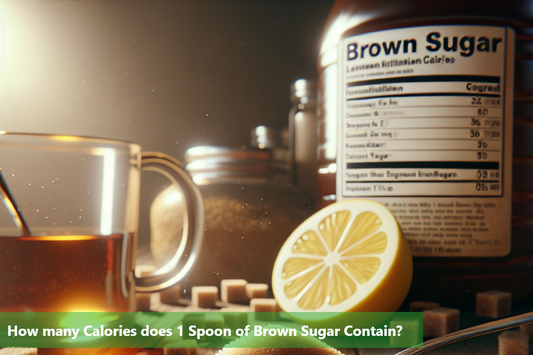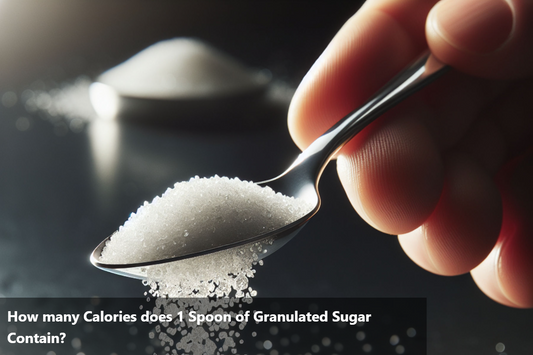Even for rice lovers, the discovery of its small natural sugar content can be surprising. With just 0.1g sugar per serving, rice may not seem sweet, yet its complete nutritional composition reveals trace sugars within its carbohydrate matrix. This is important for those managing diabetes. Large portions of white rice can cause rapid elevation of blood glucose due to the lack of fiber and density. People with a high rice intake must reconsider serving sizes and processing methods to manage glycemic response.
Thankfully, whole grain brown, black, or red rice varieties can help regulate sugar absorption and can be safely incorporated into balanced diabetic diets when consumed in moderation alongside vegetables, lean protein, and healthy fats. Though not sweet to the taste, dietary staples like rice can have hidden sugars that matter. Understanding the concealed attributes of widely enjoyed foods promotes better self-management for glucose response. This knowledge empowers those with rich culinary traditions involving rice to make informed choices.
Nutritional composition of rice
Amount Per 100 grams |
|||
Calories |
130 |
% Daily Value* |
|
Total Fat |
0.3 g |
0% |
|
Saturated fat |
0.1 g |
0% |
|
Cholesterol |
0 mg |
0% |
|
Sodium |
1 mg |
0% |
|
Potassium |
35 mg |
1% |
|
Total Carbohydrate |
28 g |
9% |
|
Dietary fiber |
0.4 g |
1% |
|
Granulated Sugar |
0.1 g |
||
Protein |
2.7 g |
5% |
|
Vitamin C |
0% |
Calcium |
1% |
Iron |
1% |
Vitamin D |
0% |
Vitamin B6 |
5% |
Cobalamin |
0% |
Magnesium |
3% |
*Percent Daily Values are based on a 2,000-calorie diet. Your daily values may be higher or lower depending on your calorie needs.
Natural sugar in rice vs. added sugar
Navigating the sugar content in rice requires distinguishing between naturally occurring sugars inherent to the grain versus added sugars introduced through processing.
As a starchy, high-carbohydrate food, rice contains sugars within its nutritional makeup. Specifically, the carbohydrates in rice consist of long chains of sugar molecules that are slowly broken down to provide energy. This natural sugar content is balanced by rice's fiber, proteins, and micronutrients.
Meanwhile, added sugars are synthetically incorporated into some processed rice products, like pre-seasoned rice mixes or rice puddings. Added sugars, such as sucrose, high fructose corn syrup, or cane sugar contribute extra sweetness without nutritional benefit. They quickly spike blood sugar levels.
Carefully reading ingredient labels enables informed choices when selecting rice products. The average consumer may not realize plain rice harbors natural sugars providing steady energy, while rice dishes with additives introduce excess, nutritionally-deficient sweeteners. Distinguishing between the two empowers people to enjoy wholesome rice as part of a balanced diet while avoiding unnecessary added sugars.
Armed with this insight, individuals can continue enjoying nutritious rice in its whole-grain form, while cutting back on processed items with added sweeteners. Education on what accounts for sugars in rice allows for optimal wellbeing without needing to eliminate it.
The Effect of Sugar in Rice on Health
Consuming rice with different amounts of sugar can really impact our health, weight, and blood sugar levels. The sugar in rice affects how our body functions and can have a significant effect on how we feel. First, the sugar in rice affects our blood sugar levels. If we eat rice with a lot of sugar, it can make our blood sugar levels rise quickly. This can be a significant issue for people with diabetes or anyone trying to manage their weight. Paying attention to the type of rice we eat is important to keep our blood sugar levels in check. Additionally, the amount of sugar can impact our weight. Eating rice with a lot of sugar can lead to weight gain if we eat too much.
It's important to monitor how much rice we eat and choose types with less sugar to stay healthy and manage our weight effectively. Furthermore, we should consider how the sugar can impact our overall health. High sugar in rice can lead to various health problems such as an increased risk of obesity, diabetes, and related issues. Therefore, being informed about the sugar in rice and making wise choices can significantly improve our health. In conclusion, it has a substantial impact on our health, weight, and blood sugar levels. Choosing to eat rice with less sugar and keeping track of how much we eat can greatly help us maintain good health and manage our weight effectively.
Limiting Your Rice Intake
It is highly advisable to exercise caution when it comes to serving sizes of food, especially when it comes to a staple like rice. Keeping in mind the health implications, it is recommended to limit the portion to 2 heaped tablespoons of cooked rice. This practice helps in controlling the calorie intake and ensures a balanced diet that is essential for overall well-being. An oversized portion may result in consuming excessive calories, which can adversely affect your health and well-being. By being mindful of portion sizes, one can better manage their calorie consumption and maintain a healthy lifestyle. Therefore, it is crucial to be cognizant of the quantity of food being served and to always prioritize moderation in your dietary habits. Moderation allows for a varied diet that includes all the essential nutrients necessary for optimal health. Therefore, keeping an eye on portion size can significantly contribute to maintaining a balanced and healthy diet, ultimately promoting overall wellness.
To conclude:
Navigating rice options requires insight into the natural sugar inherent in rice versus added sweeteners in processed varieties. At first glance, the starchy, versatile grain seems an unlikely source of sugar. Yet the carbohydrates in plain rice convert into blood glucose, causing spikes when over-consumed. This explains why large portions of white rice can unsettle blood sugar despite rice's reputation as superior to other carbs.
In addition, numerous commercial rice blends feature supplemented sweeteners like corn syrup solids, sucrose, and cane sugar. While providing a flavor boost, these added sugars supply empty calories without nutrients. Unlike the sugars built into the matrix of rice itself, added sweeteners prompt a rapid rise in blood sugar.
Equipped with an understanding of natural versus added sugars in rice, consumers can make informed selections. Those managing blood sugar can continue enjoying wholesome brown, black, or wild rice in sensible amounts as part of a balanced diet. Meanwhile, increased awareness empowers the conscientious to also limit unnecessary sweeteners incorporated into convenience rice foods. Distinguishing between intrinsic and supplemental sugary additions enables better health.
This Blog post is an initiative by DiabeSmart, to provide accurate and Nutritionist / Doctor approved information related to Diabetes. DiabeSmart is India's first Food brand designed specifically for Diabetics, that has been clinically tested on Diabetics and Pre-Diabetics to deliver 55% - 70% lower Sugar spikes. DiabeSmart is part of Lo! Foods - India's leading brand for Everyday Functional Health foods.















